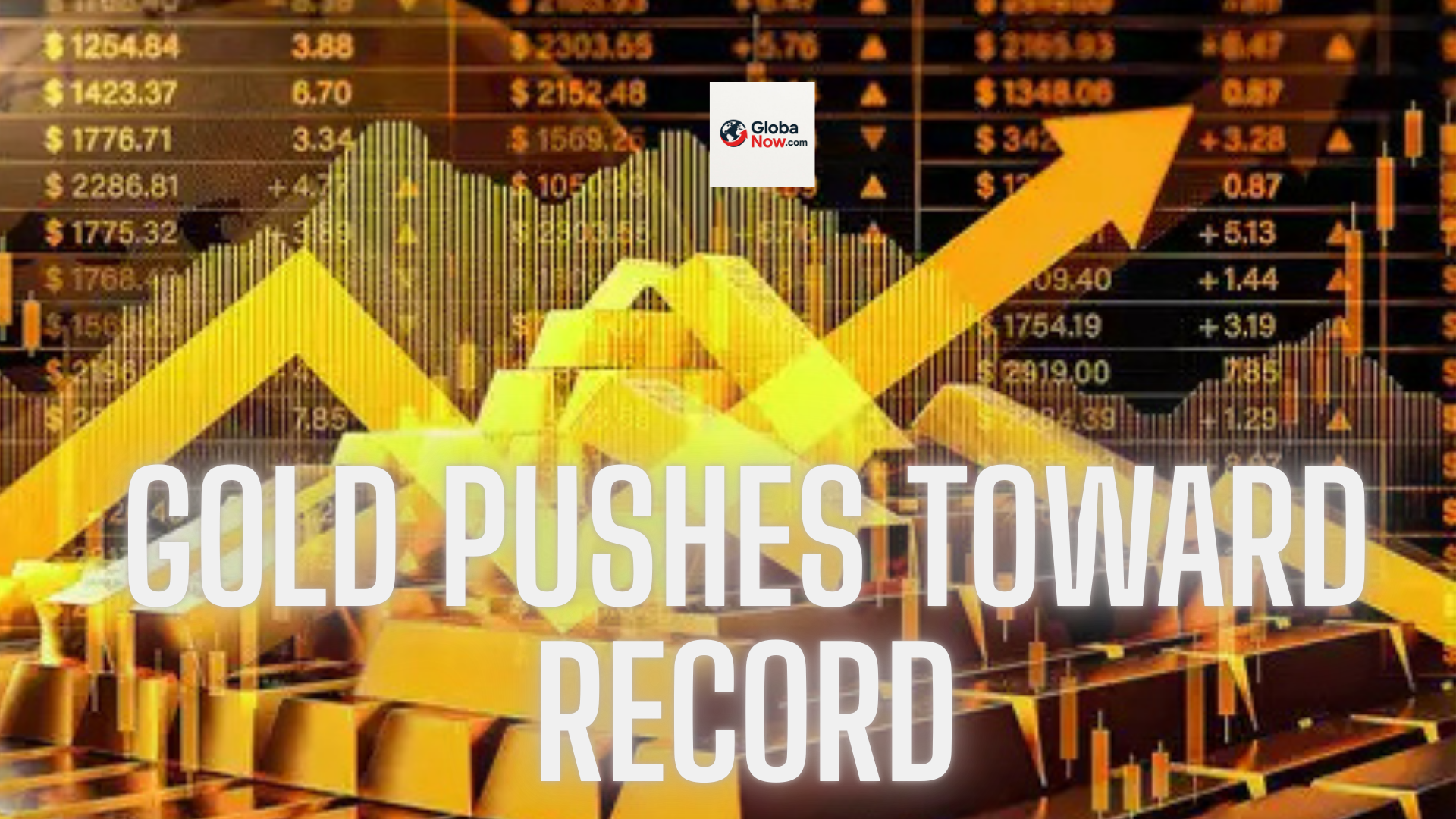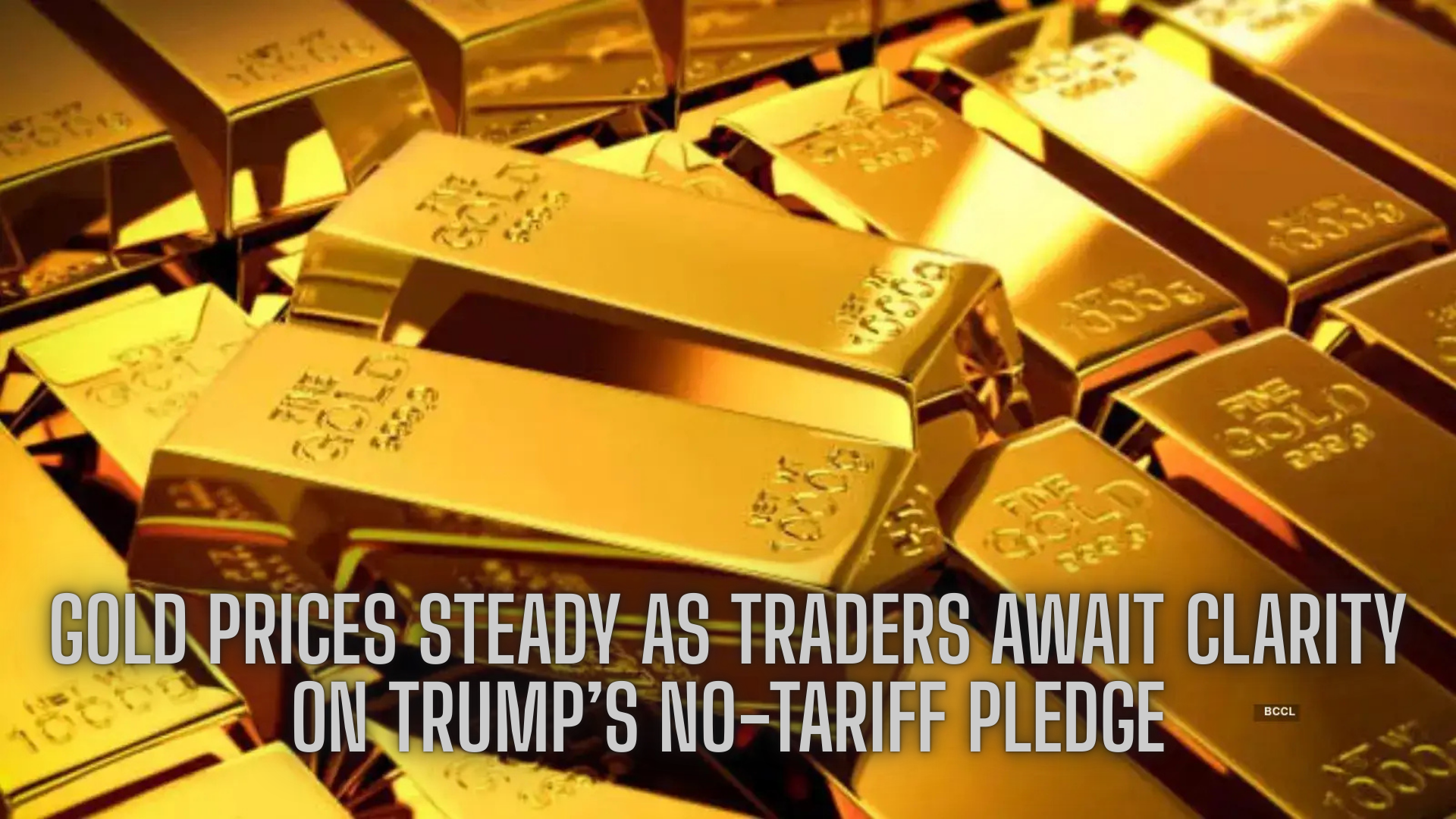The Federal Reserve was already grappling with an unusually complex policy environment — and then President Donald Trump ordered airstrikes on Iran’s nuclear sites. Now, the path forward for U.S. interest rates is even less certain.
Last week, the Fed’s closely watched “dot plot” revealed just how divided policymakers are on where rates should go. Eight officials predicted two rate cuts in 2025, while seven said there would be no cuts at all — up from four who held that view previously. But that was before Trump’s surprise military move over the weekend, which targeted three of Iran’s key nuclear facilities.
With the July Fed meeting looming, Trump’s military intervention adds a fresh layer of geopolitical and economic risk. Central bankers must now consider how this conflict — alongside Trump’s tariffs, tax policies, and evolving stance on immigration — might impact inflation, growth, and the overall health of the U.S. economy.
Inflation vs. Growth: The Fed’s New Dilemma
The immediate concern for markets and Fed watchers is energy. Crude oil prices shot higher following the strikes, raising fears of a longer-lasting supply shock if the Strait of Hormuz — a vital artery for global oil — becomes a flashpoint. Analysts at JPMorgan Chase warned that oil could surge to $120 a barrel if the conflict intensifies, potentially pushing U.S. inflation back toward 5%.

Such a scenario could force the Fed to stay the course on interest rates, or even consider tightening if inflation proves sticky. Hawks within the central bank would likely argue that holding rates steady — or even raising them — is necessary to prevent another inflationary spiral.
But there’s another school of thought gaining traction on Wall Street: that the conflict could force the Fed to adopt a more dovish stance. Ryan Sweet, chief U.S. economist at Oxford Economics, wrote in a client note (prior to the strikes) that a sustained rise in oil prices might slow consumer demand and erode job market strength — making the case for cuts more compelling.
“A sustained rise in oil prices could cause the Fed to strike a more dovish tone,” Sweet noted, particularly if it begins to affect spending and hiring.
For this view to prevail, Fed officials would need to see energy price spikes as short-lived — and believe that growth and employment risks outweigh the inflationary pressures.
Powell Cautious, but Aware of the Risks
Fed Chair Jerome Powell has so far tried to steer a steady course. Speaking last week after the central bank left rates unchanged for a fourth consecutive meeting, he acknowledged the possibility of higher oil prices due to Middle East tensions. However, he downplayed the likelihood of a lasting inflation shock.

“Those things don’t generally tend to have lasting effects on inflation,” Powell said, referring to historical spikes in energy prices. “Of course, in the 1970s they famously did, but that was due to a series of very large shocks. We haven’t seen anything like that now.”
Powell also reminded reporters that the U.S. economy is far less reliant on foreign oil today than it was five decades ago. Still, his comments came before Trump’s decision to strike Iranian targets — a move that could significantly shift the calculus.
Powell is expected to face pointed questions this week when he appears before Congress for his semi-annual testimony. Lawmakers will likely press him on how the president’s actions could impact the Fed’s outlook.
Incoming Data and Diverging Fed Voices
In the meantime, the Fed will get a fresh read on inflation this Friday with the release of the May Personal Consumption Expenditures (PCE) index — the Fed’s preferred inflation gauge. Economists expect the “core” PCE measure, which strips out volatile food and energy prices, to rise 2.6% annually, up slightly from 2.5% in April.
That modest increase could reinforce the Fed’s current wait-and-see stance. But not all central bankers are waiting.
Fed Governor Christopher Waller signaled on Friday — just before the Iran strikes — that he is open to cutting rates at the Fed’s upcoming July 30 meeting. “I think we’ve got room to bring it down,” Waller told CNBC, adding that the central bank can pause again if geopolitical shocks worsen.
San Francisco Fed President Mary Daly, however, is looking further ahead. “For me, I look more to the fall,” she told CNBC in a separate interview. “By then, we’ll have quite a bit more information.”
And Richmond Fed President Tom Barkin added yet another voice of caution, telling Reuters that he is not in a rush to cut. Barkin highlighted the risk that Trump’s tariffs could fuel inflation and said the labor market still appears solid.

Powell echoed those sentiments last week, noting that while recent inflation reports have been favorable, “goods prices have been moving up following the introduction of new tariffs,” and that more price increases could come this summer.
“We’re beginning to see some effects,” Powell said. “We do expect to see more of them over the coming months.”
The Fed’s Balancing Act Just Got Trickier
In short, the Fed now finds itself caught in a familiar bind — balancing the risk of higher inflation against the risk of weaker growth. But Trump’s latest foreign policy decision has raised the stakes, introducing a level of geopolitical risk that could disrupt both inflation expectations and consumer confidence.
Whether the central bank leans dovish or hawkish in the coming months will depend not only on oil prices and inflation data, but also on how markets — and global adversaries — respond to the president’s bold move. The July meeting, already shaping up to be pivotal, is now even more high-stakes.




2 thoughts on “Trump’s Iran Strike Complicates Fed’s Already Murky Interest Rate Path”